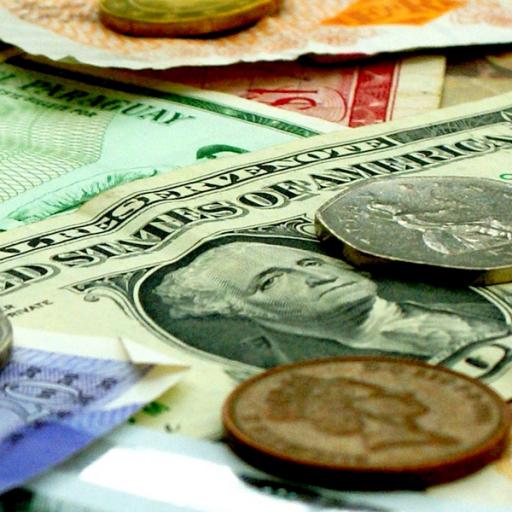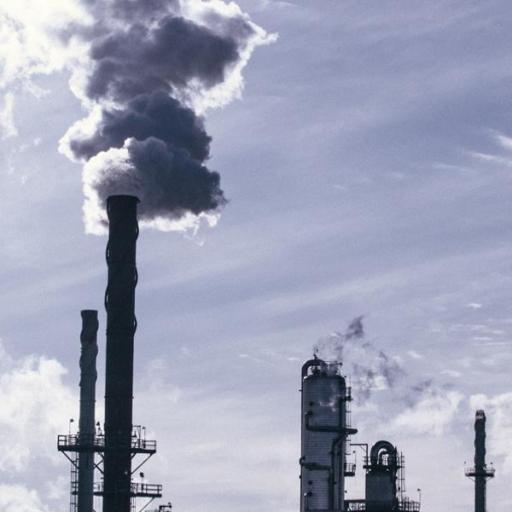Over the last three decades, after the publication of Aschauer ́s (1989) empirical paper on the productivity of public capital and Barro ́s (1990) theoretical paper on the effects of government spending on economic growth, the analysis of the macroeconomic effects of public investment has attracted a lot of attention. The theoretical research was mainly focused on showing how public spending and public capital may enhance productivity and promote economic growth.
Indeed public spending enhances productivity through its external effect in the production function of private firms. This effect can be modeled by adding into the production function either the aggregate flow of public spending, following Barro (1990), or the aggregate stock of public capital, as in Turnovsky (1997). A new line of theoretical research recognizes the possibility that different types of public spending (e.g. infrastructure, education, health, military spending) may exert a different effect on growth (Devarajan et al., 1996; Shieh et al., 2002; Kalaitzidakis and Kalyvitis, 2004; Chen, 2006)
In this paper we extend the previous theoretical literature by presenting an endogenous growth model with N different types of productive public capital. Using a general model we analyze the stability of the long-run equilibrium and we derive the growth-maximizing values of the shares of public investment allocated to the different types of public capital, as well as the growth-maximizing tax rate (amount of total public investment as a share of GDP). The results of our analysis constitute generalizations of the results derived by simpler models which employ only two different types of public capital. The main result of the model is that both the effects of the shares of public investment and the tax rate on the long-run growth rate are non-linear, following an inverse U-shaped pattern. The implications of this result is quite important for the empirical analysis of the effects of public investment on economic growth.







